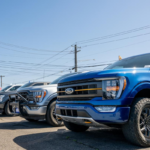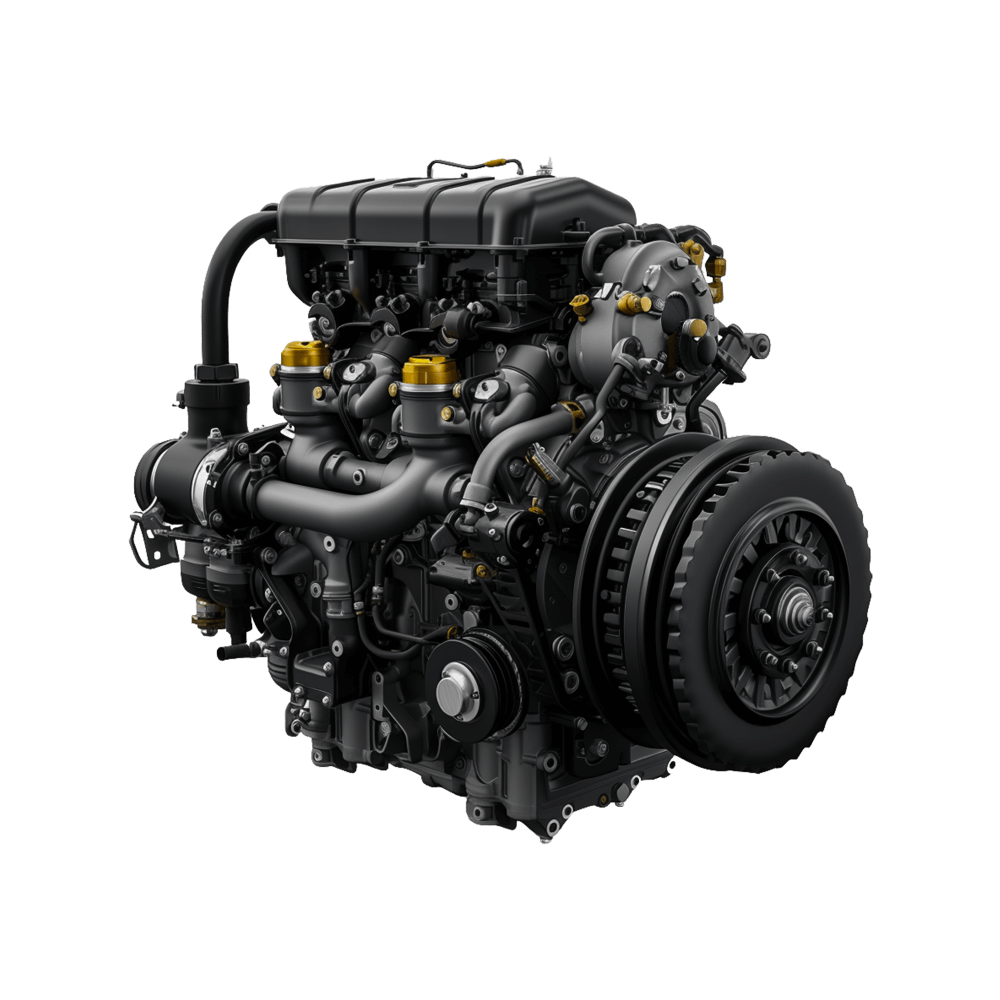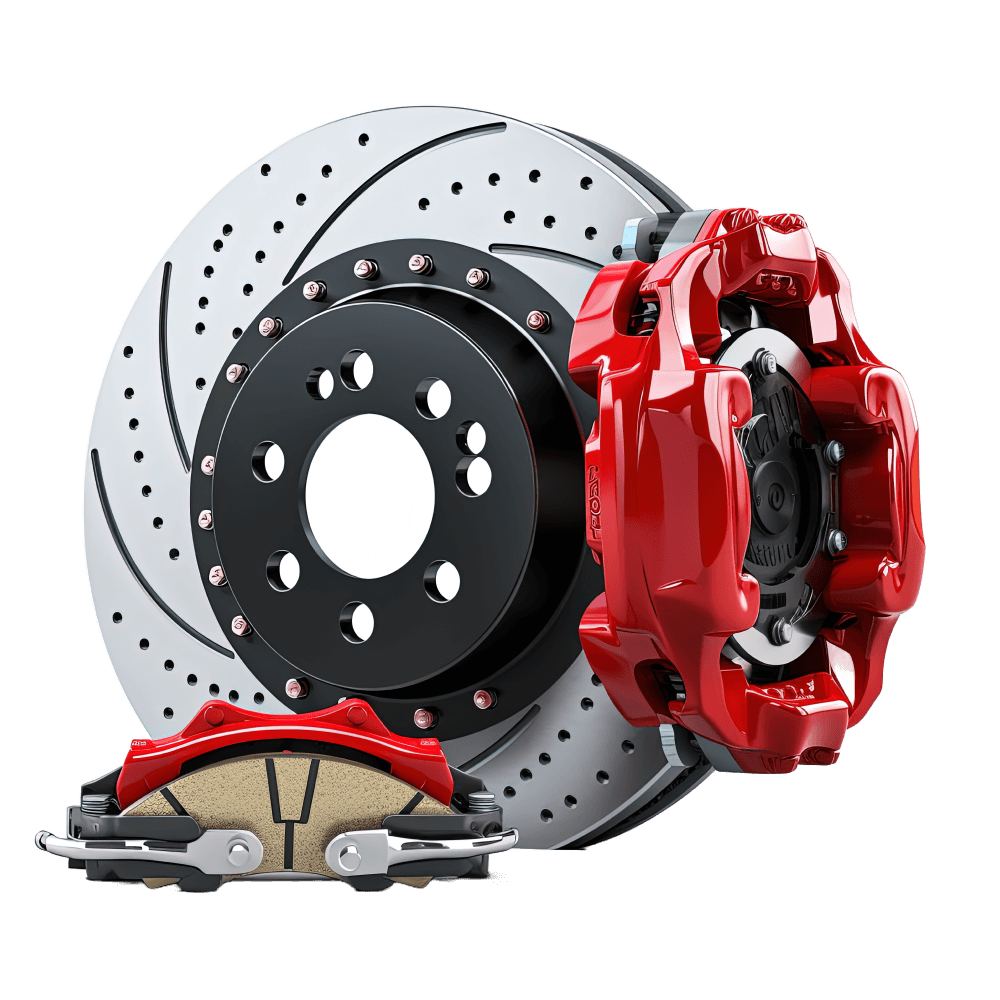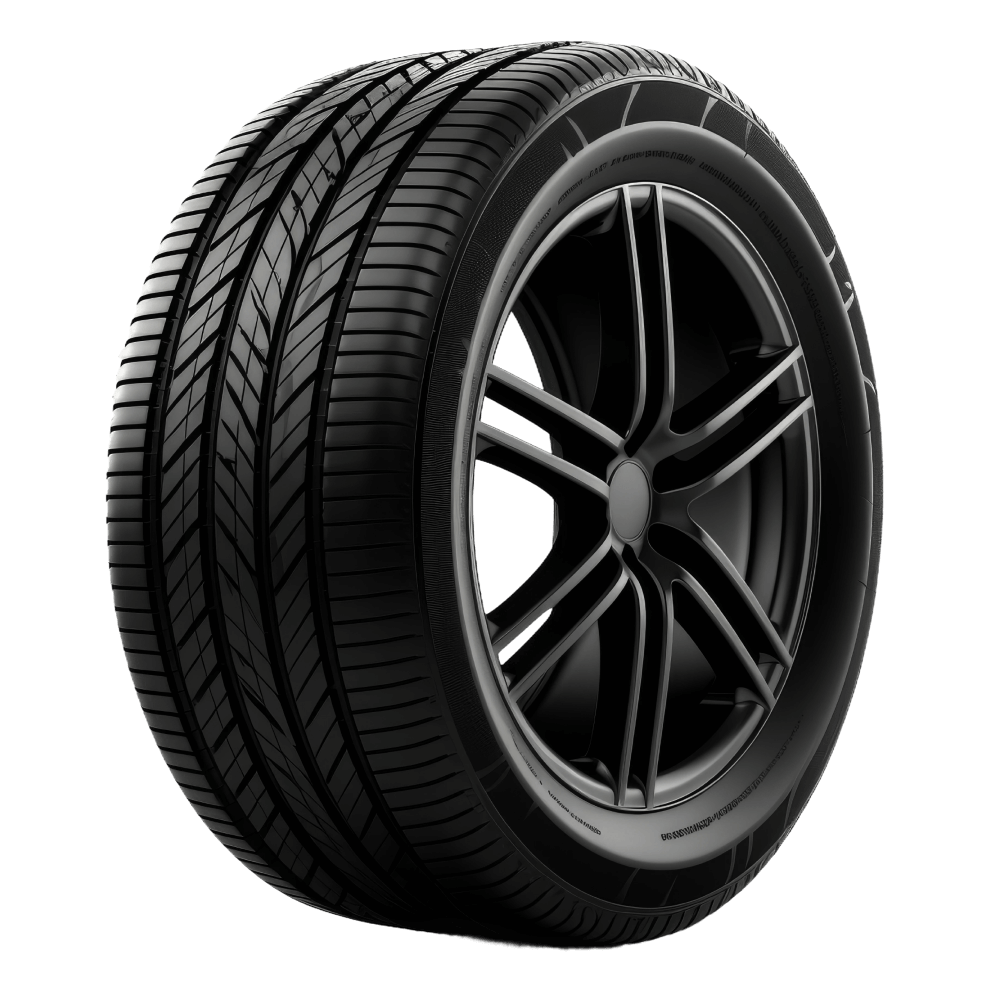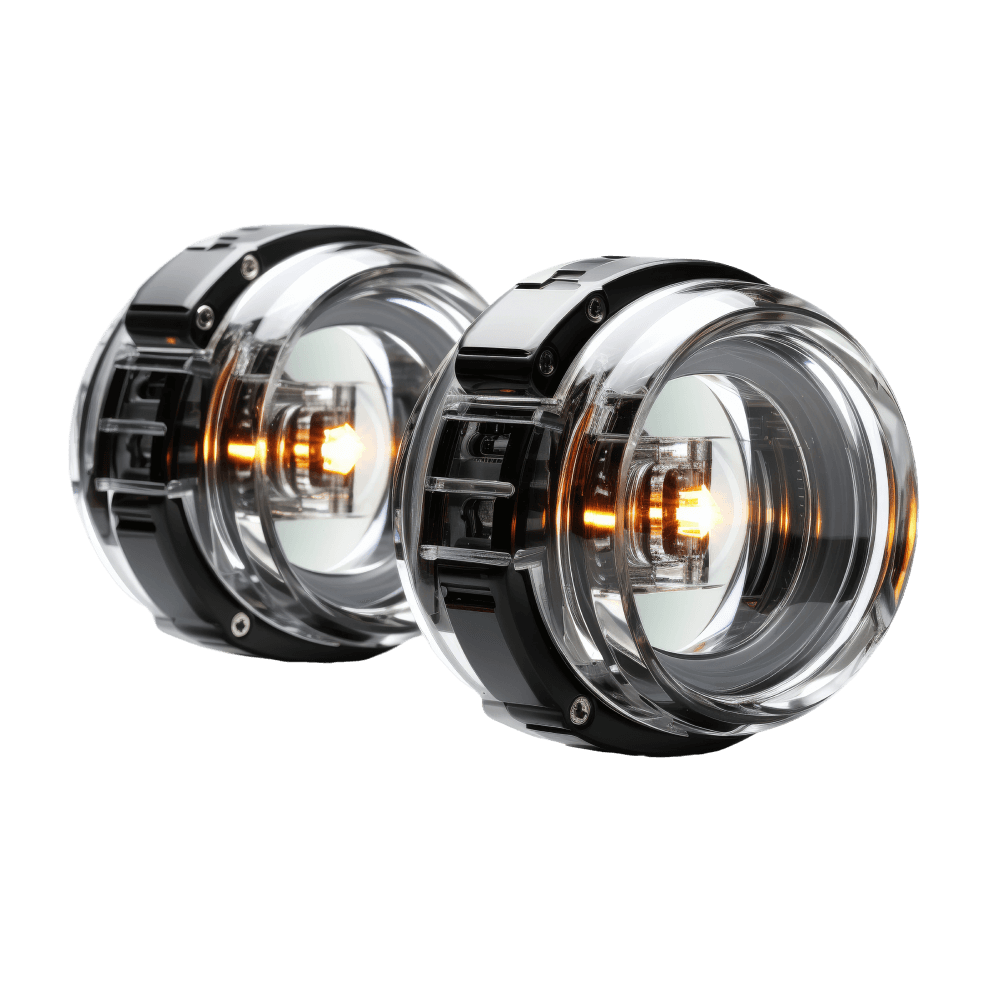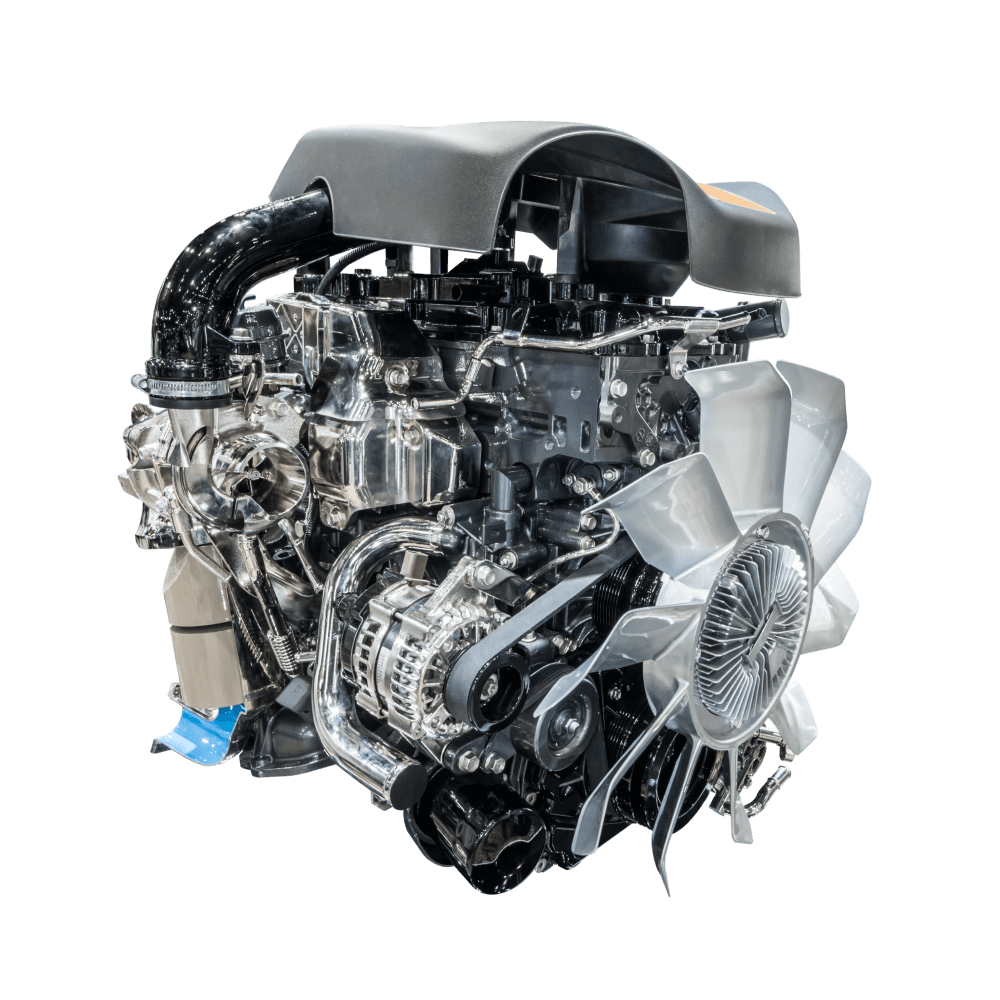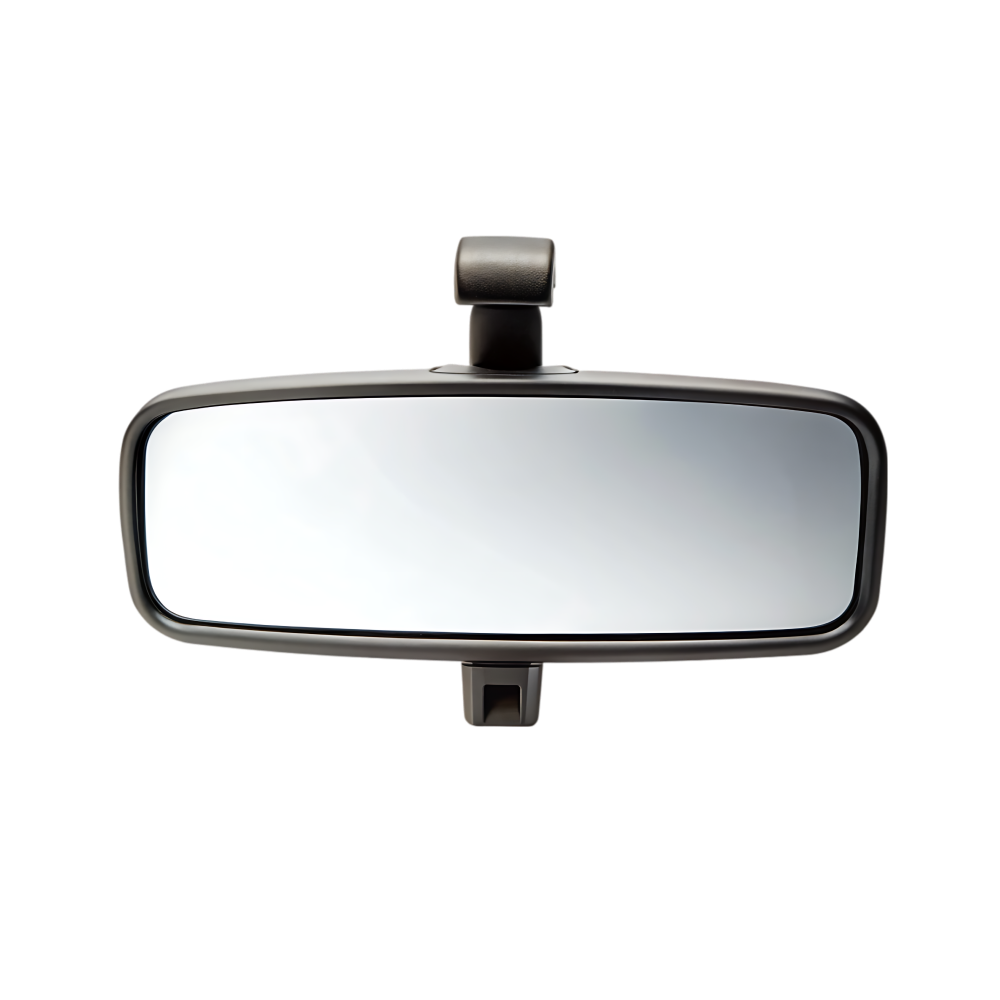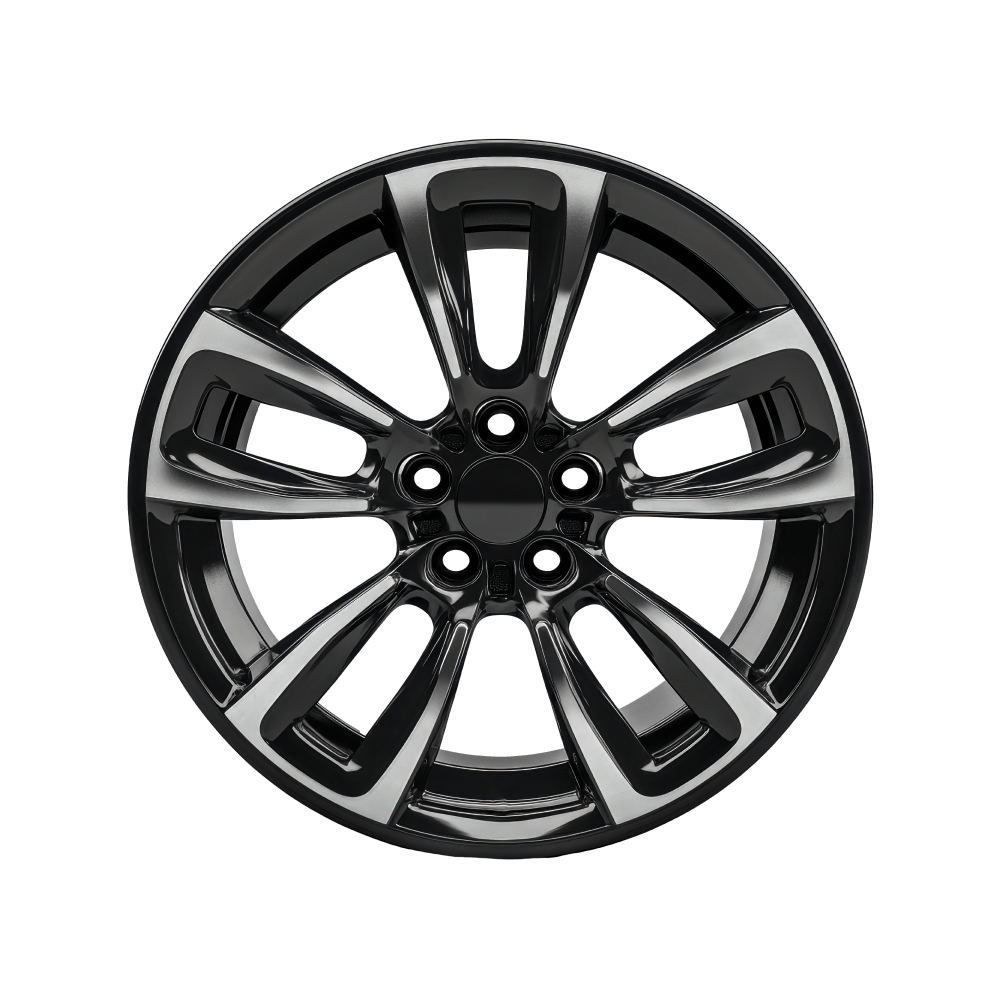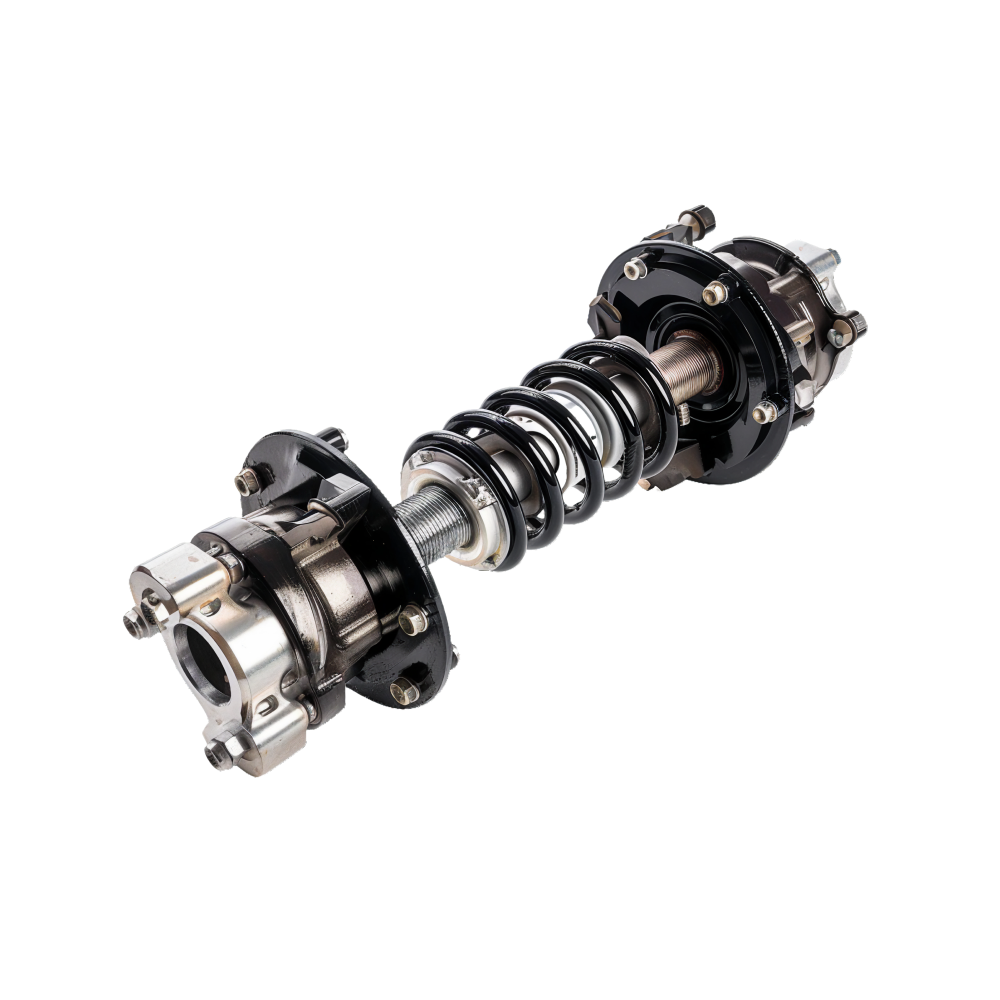President Donald Trump is taking credit for automakers shifting production of vehicles to the United States and investing in plants to secure American jobs.
In a White House Cabinet meeting Tuesday, Aug. 26, Trump said his economic policy, including tariffs imposed on imported vehicles and auto parts, is working to increase U.S. auto production and create new jobs. He praised Detroit automakers General Motors, Ford Motor Co. and Stellantis — which makes Chrysler, Dodge, Jeep, Ram and Fiat brands — for investing in America.
“Domestic auto production is up 18,000 cars a month and we haven’t even started yet because a lot of these plants aren’t built,” Trump said. “It’s up 18,000 because Ford, General Motors and a couple of others, Stellantis, they’re taking their existing plants and, as quickly as they can, they’re adding onto them.”
Not quite. While it is true that the Detroit automakers are investing in their U.S. factories to add products, production of autos in the United States is not up by 18,000 vehicles a month.
“Production in the six months since the inauguration, February through July, is up about 1,000 units. No new plants have been built and even plant expansions couldn’t be operational in just six months,” said Sam Fiorani, vice president of Global Vehicle Forecasting at AutoForecast Solutions.
Fiorani said any production increases have been due to plants getting in front of tariffs by producing ahead of demand, not by plant expansions.
Fiorani’s data showed in June and July that U.S. autos production was up over last year because of a shorter summer break in some plants, which resulted in significantly increased July production. But the lower production in the first five months of the year means year-to-date production is down 2% compared with the year-ago period.
Fiorani said Ford built 8,400 more vehicles in the U.S. in the first seven months of 2025 compared with the same period in 2024; GM produced 4,200 fewer; Stellantis produced 97,000 fewer. But Hyundai produced 54,000 more; Mazda-Toyota produced 22,000 more, and Toyota produced 14,000 more.
Trump went on to trumpet the Detroit automakers and Hyundai Motor Group for making investments in the United States.
“The results of Ford — which just announced it’s going to create 4,000 new jobs, American jobs, Hyundai 14,000 new jobs. General Motors is moving production of the Chevy Blazer and Equinox from Mexico back to the United States where it belongs,” Trump said.
To clarify: Ford is not creating 4,000 new jobs. Ford spokesman Ian Thibodeau declined to comment on Trump’s statements, referring the Detroit Free Press to CEO Jim Farley’s comments made on Aug. 11 at Ford’s Louisville Assembly Plant in Kentucky when Ford announced it would invest nearly $5 billion total between Louisville and Blue Oval Battery Park in Michigan to develop a new midsize electric pickup and batteries.
Ford said the move would secure 2,200 jobs at Louisville, that’s about 600 fewer jobs than exist at that facility today where Ford builds the Ford Escape and Lincoln Corsair SUVs. Ford is ending production of those two vehicles later this year to replace them with another vehicle that Ford has not offered details on yet. Ford said it will offer buyouts or transfers to those 600 employees. Ford said it was adding 2,000 jobs in Michigan.
More: Ford to end 2 popular SUVs: What could replace them
Farley did tout the “made in America” message that day. He said Ford will be the first automaker in the United States to make prismatic LFP battery cells in the United States and not import them. He went on to say Ford invested nearly $5 billion to secure and create a total of 4,000 American jobs.
“And what do our competitors do?” Farley said. “They build their affordable vehicles in South Korea and Japan and they import ‘em, but not us. At Ford, we made a big bet on our country and we made a huge bet on the state and the commonwealth of Kentucky.”
Trump is correct about GM and Hyundai’s investments. In March, as Trump’s tariffs loomed, South Korea-based Hyundai Motor Group said it planned to invest $21 billion between 2025 and 2028 into a variety of projects. Hyundai’s investment in the United States will create more than 100,000 direct and indirect job opportunities by 2028 and 14,000 full-time jobs, the automaker estimated.
According to S&P Global, as part of its plans, Hyundai would increase U.S. production capacity to 1.2 million units annually and the company leaders stated that the investment would support operations of Hyundai, Kia and Genesis brands. The automaker plans to “invest in improving its production facilities, including Hyundai Motor Manufacturing Alabama and Kia Autoland Georgia, to further enhance its customer-centric approach in delivering high-quality automobiles.”
But Hyundai offered few other details on the investments nor did it commit to production volumes, which will likely depend on market conditions.
In June, as the Detroit Free Press reported, GM said it will move production of the gasoline-powered Chevrolet Blazer SUV from Mexico to Spring Hill Assembly in Tennessee in 2027. It will move the Equinox SUV from Mexico to its Fairfax Assembly plant in Kansas City, Kansas, in 2027. The move follows Trump’s auto tariffs imposed in April that slapped a 25% duty on imported autos and many foreign auto parts.
When asked to comment on Trump’s statements he made on Tuesday, GM spokeswoman Liz Winter sent the following statement via email: “GM plans to invest about $4 billion over the next two years to increase production in Michigan, Kansas and Tennessee for several of our most popular vehicles. The new investment will give GM the ability to assemble more than 2 million vehicles per year in the U.S.”
Stellantis is also investing billions in the United States to reopen a plant in Belvidere, Illinois, to build a new midsize truck and investing in plants in Michigan, Ohio and Indiana to produce new vehicles and EVs.
Trump said on Tuesday that the United States lost its standing as the auto capital of the world because it lost “55% of our auto production over the last 35 years. Fifty-five percent of it to Mexico, Canada, China and other countries.”
Not accurate, said Fiorani.
“U.S. light vehicle production in 1989 was 10,606,452 and in 2024 that total was 10,241,268, a drop of 3.4%,” Fiorani said. “U.S. production in 1990 was just 9.5 million, before NAFTA was enacted.”
The North American Free Trade Agreement, or NAFTA, was signed in 1994 between the U.S., Canada and Mexico. It created a North American free-trade bloc with a goal to eliminate tariffs and other trade barriers for goods crossing the three countries. It was replaced by the United States Mexico Canada Agreement (USMCA) in 2020, a deal negotiated by Trump.
But given Trump’s renewed advocacy for tariffs, which are taxes paid by importers to bring goods over borders, the president has changed his opinion on USMCA. Once calling it a “historic” achievement, Trump now insists USMCA needs to be canceled and renegotiated.
Trump promised Tuesday that U.S. auto production and jobs are “all coming back.”
“In a couple of years it will be bigger than it ever was,” Trump said. “We’ll be more dominant, we’ll be bigger. We’ll make great product too. We sold to the world, and we’re going to be back.”
More: Michigan friends and family surprise dying man with one last dream cruise
More: Hertz is bringing dogs to airports to comfort travelers and promote its Gold Plus Rewards
Jamie L. LaReau is the senior autos writer who covers Ford Motor Co. for the Detroit Free Press. Contact Jamie at jlareau@freepress.com. Follow her on Twitter @jlareauan. To sign up for our autos newsletter. Become a subscriber.


